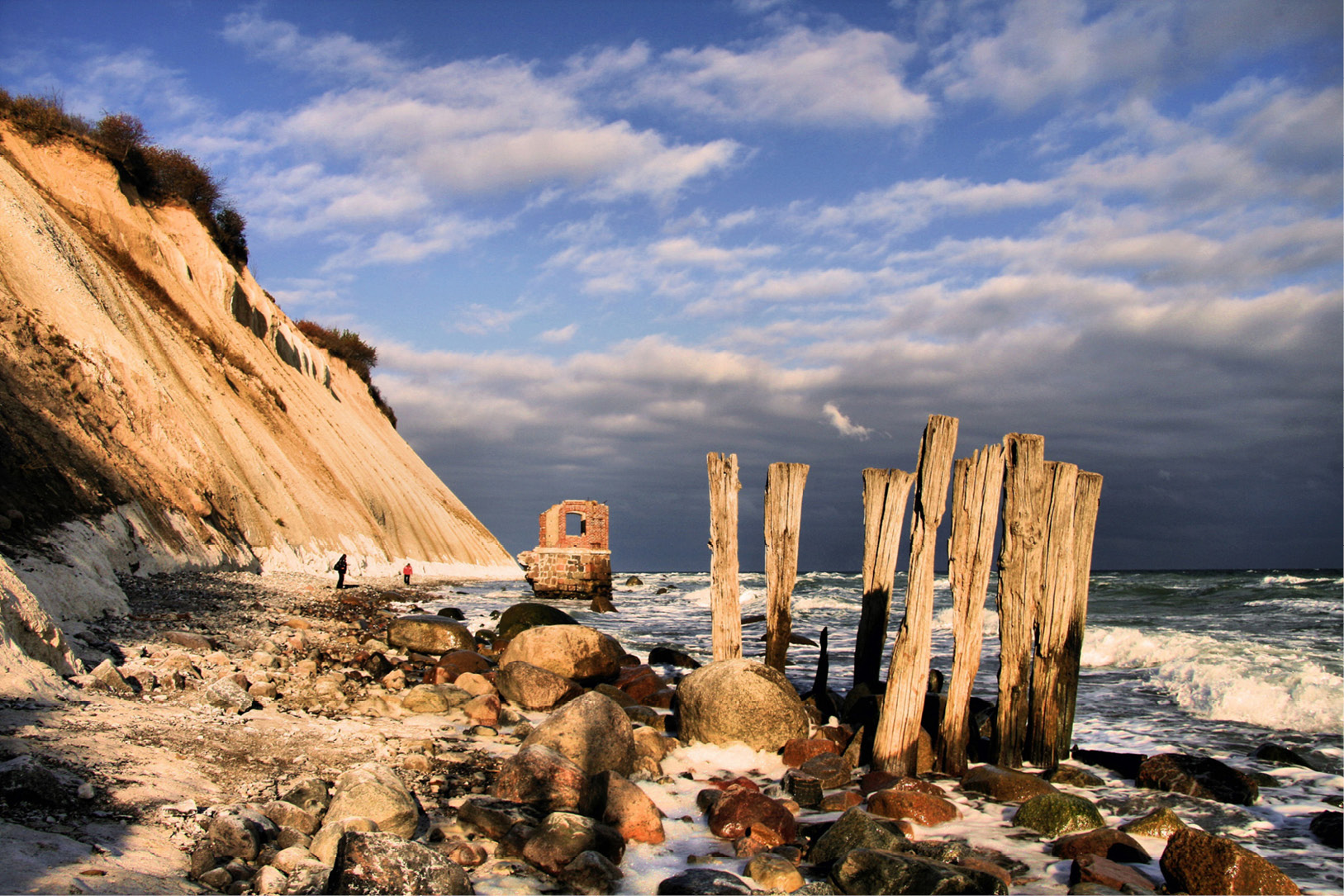Impressionist Brush
The Impressionist Brush is fun as it sort of clones (copies) your image and paints it directly back into the canvas as large, fuzzy brush strokes, producing, I suppose, something that passes for an impressionist look. You can broaden your impressionist look a little using its Advanced button, which takes you to a range of other brush stroke options, Tolerance settings, and more. I'm not sure what Edouard Manet or Claude Monet might have thought of this process, but with the right image and textured paper to print on, the effects can be quite good.
This is the original picture:

I generally set the Impressionist Brush Tip to a large size when painting the background, but make the brush significantly smaller when working on the details – otherwise, the photo will just look out of focus or blurred. Another technique is to duplicate the layer first, apply the impressionist brush to the top layer, and then, with the Eraser tool...



